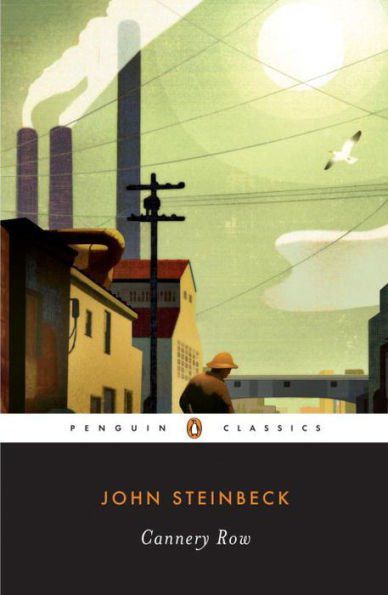Cannery Row: John Steinbeck
Published 12:00 pm Saturday, December 14, 2019

- Cannery Row
“Cannery Row in Monterey in California is a poem, a stink, a grating noise, a quality of light, a tone, a habit, a nostalgia, a dream …”
That’s how John Steinbeck opens his short novel, “Cannery Row,” which is both the setting and the title of the book as much as that opening line is a description of both.
Trending
“Cannery Row” is also one of those books I reopen periodically during the course of a decade or two. The latest reading is either the third or fourth time I’ve read the book. It seems to reveal something new each time.
For starters, “Cannery Row” isn’t so much a book with a plot as it is what Steinbeck describes in that opening sentence. It is a setting and characters living in the fish canning district of late 1930s-40s Monterey, Calif.
The main character is Doc, a marine biologist who is something of the savior/chief philosopher of the crew of philosophers living along Cannery Row.
Paraphrasing Steinbeck, a person may describe all of the characters as reprobates, prostitutes, criminals and rogues but looking at them another way the same person might describe them as “saints and angels and martyrs and holy men.”
Steinbeck wonderfully unwinds the tales and misadventures of these folks in an almost sentimental way. They lead hard-scrabble lives on Cannery Row but lives that seem magical.
The book has always hung in my mind as a fairy tale where hobos are the Merry Men and prostitutes have hearts of gold. Kind of a golden light backlit look at tough, desperate lives.
Trending
While some could argue, and rightfully so, that Steinbeck portrays “Cannery Row” in overly sentimental terms, one should note that two characters commit suicide within the first 20 pages of the book. After all, this is the same author who portrayed the desperation of the Great Depression in hard, uncompromising scenes in his masterpiece, “The Grapes of Wrath.”
And while Steinbeck does create a charming tale based on desperate lives, he’s honest up front with that opening line: “Cannery Row … is a poem, a stink, a grating noise, a quality of light, a tone, a habit, a nostalgia, a dream …”
It’s all that and more.
And if you really like “Cannery Row,” Steinbeck wrote a sequel, “Sweet Thursday.”


